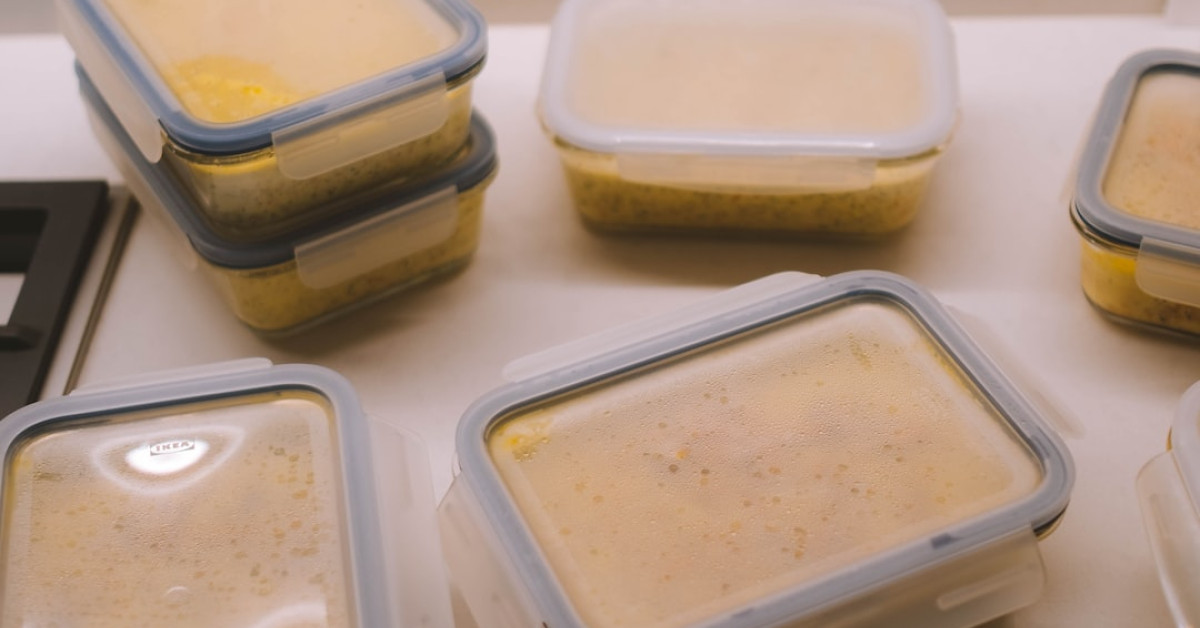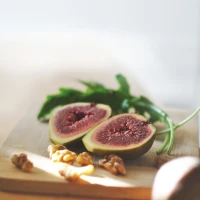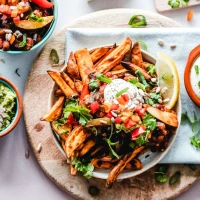Meal prepping has become a cornerstone of a healthy lifestyle, providing a way to maintain a nutritious diet in our fast-paced world. But when it comes to vegetables and fruit, these perishable items can be intimidating to prep and store. However, with the right techniques, you can simplify your meal prep process, ensure your produce stays fresh and delicious, and integrate more plant-based goodness into your daily routine.
The key to successful meal prepping lies in understanding how to select, prepare, and store your vegetables and fruit. This guide will delve into the ins and outs of meal prepping your produce, helping you save time, reduce food waste, and upgrade your eating habits with vibrant, nutrient-rich options at your fingertips.
Choosing the Best Produce for Meal Prep
Selecting high-quality, fresh produce is the foundation of flavorful and nutritious meals. Here’s what you need to look for: cucumber diet for chickens
Selecting the Freshest Vegetables
- Look for vibrant colors: The more colorful your veggies, the fresher they usually are.
- Check for firmness: Soft spots may be a sign of spoilage.
- Smell the produce: A fresh scent typically indicates freshness.
Picking Ripe and Ready-to-Eat Fruit
- Conduct a gentle squeeze: Fruit should yield slightly under pressure, but not be mushy.
- Evaluate the skin: Avoid overly bruised or blemished fruit.
- Use your nose: A fragrant, sweet smell often signifies ripe fruit.
Proper Washing Techniques
Before you dive into slicing and dicing, ensuring your produce is clean is crucial to your health and safety.
Vegetables:
- Use cold water to wash your vegetables.
- For leafy greens, soak them in a bowl of cold water for a few minutes.
- Use a produce brush for root vegetables.
Fruit:
- Rinse under cold water, even those with inedible peels.
- Gently rub the surface as you rinse.
- Pat dry with a clean cloth or paper towel.
Prepping Vegetables for the Week
Cutting and storing your veggies properly can save you a ton of time during the week. Here’s how to get started.
Cutting Techniques
- Use a sharp knife for the cleanest cuts.
- Cut vegetables uniformly for even cooking.
- Consider the cooking method: Thin slices for stir-fries, larger chunks for roasts.
Blanching Vegetables
Blanching brightens color, reduces bitter flavors, and can make vegetables easier to digest.
- Boil vegetables for a brief period.
- Immediately transfer to an ice water bath.
- Drain and pat dry before storing.
Prepping Fruit for the Week
Prepping fruit may seem straightforward, but certain techniques can optimize freshness and taste.
Slicing and Dicing
- Remove cores and pits to prevent browning.
- Cut into similar sizes for consistent consumption.
- Use an acid like lemon juice to keep cut fruit from browning.
Freezing Fruit
Freezing is a fantastic way to preserve fruit for smoothies or baking.
- Flash freeze individual pieces on a baking sheet.
- Once frozen, transfer to airtight containers or bags.
- Label with the date for proper rotation.
Storing Your Prepped Produce
Vegetables:
- Leafy greens: Store in breathable produce bags or containers with a paper towel to absorb moisture.
- Root vegetables: Keep them in a cool, dark place.
- Herbs: Trim the stems, store in a jar with water, and cover with a plastic bag.
Fruit:
- Citrus and apples: Store in the fridge, they last longer this way.
- Berries: Keep in a partially closed container lined with paper towels.
- Stone fruit: Ripen on the counter and then refrigerate.
Strategies for Longevity
Increase the shelf life of your vegetables and fruit by following these tips:
- Keep ethylene-producing fruits like bananas away from other produce.
- Use airtight containers to prevent wilting and dehydration.
- Rotate your produce regularly to use the oldest items first.
Creative Ways to Use Prepped Vegetables and Fruit
Take advantage of your prepped produce with these delicious ideas:
- Vegetables: Add to salads, stir-fries, or batch-cook for easy sides.
- Fruit: Top your cereal, blend into smoothies, or mix into yogurt.
Meal Prep Safety Tips
Safety should always come first when handling food.
- Keep raw and cooked produce separate.
- Store prepped produce in the fridge within two hours.
- Regularly clean your kitchen surfaces and utensils.
Sample Meal Prep Plan and Recipes
Plan out your week with a balanced combination of vegetables and fruit.
Monday:
- Breakfast: Greek yogurt with mixed berries.
- Lunch: Quinoa salad with roasted veggies.
- Dinner: Grilled chicken with steamed broccoli and carrots.
Tuesday:
- Breakfast: Green smoothie with spinach and banana.
- Lunch: Veggie wrap with hummus and cucumber.
- Dinner: Beef stir-fry with bell peppers and snap peas.
… (Continue for the rest of the week)
Inspiration for Seasonal Prepping
Remember that using seasonal produce can enhance the flavors and nutritional value of your meals.
Spring
- Vegetables: Asparagus, peas, radishes.
- Fruit: Strawberries, cherries, apricots.
Summer
- Vegetables: Zucchini, corn, tomatoes.
- Fruit: Peaches, watermelon, berries.
Fall
- Vegetables: Squash, pumpkins, Brussels sprouts.
- Fruit: Apples, pears, figs.
Winter
- Vegetables: Kale, sweet potatoes, beets.
- Fruit: Citrus, pomegranates, kiwi.
Troubleshooting Common Meal Prep Issues
Overcome obstacles in your meal prepping journey with these solutions:
- If your produce is wilting too quickly, reevaluate your storage methods.
- If you’re running low on time, consider investing in pre-cut options.
- If flavor is an issue, experiment with different herbs and spices.
Comparison Chart: Storage Methods
| Produce Type | Refrigerate | Room Temperature | Freezer | Special Instructions |
|---|---|---|---|---|
| Leafy Greens | Yes | No | Rarely | Use paper towels |
| Berries | Yes | No | Yes | Dry well before storing |
| Apples | Yes | Short-term | Rarely | Keep away from other fruits |
| Root Vegetables | No | Yes | Rarely | Keep in a dark place |
By incorporating these tips and ideas into your routine, you can ensure your meal prep is as vibrant and varied as the produce section itself. Not only will you be eating healthier, but you’ll also be saving time and money by reducing food waste and avoiding last-minute dining decisions. Elevate your meal prep game and enjoy the bountiful benefits of prepped vegetables and fruit any day of the week.










